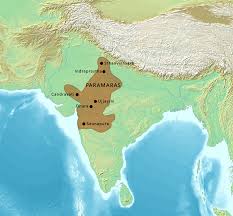Who said we havent built great things?😍
The Kopeshwara Shiva temple at Khidrapur, on the banks of the Krishna river.
The Swargamandapa opens to the skies.

The Kopeshwara Shiva temple at Khidrapur, on the banks of the Krishna river.
The Swargamandapa opens to the skies.


The Kopeshwara Temple is a spectacle in black basalt. Pinnacle of human achievement, you can spend all day admiring it.
Built initially by the Kalyani Chalukyas In 7th century and later expanded by the Shilaharas and Yadavas, this is a little known gem of temple architecture.



Built initially by the Kalyani Chalukyas In 7th century and later expanded by the Shilaharas and Yadavas, this is a little known gem of temple architecture.




The outer walls of the temple are exquisitively carved with images of Vishnu, Shiva and Ganesha dominating the scene. Reminds you of the Hoysala architecture of Belur and Halebid 😍 







The darkest moment for this temple came in 1702 when Aurungzeb, the Mughal Emperor plundered it. Most of the statues on the outer walls and the decorative elephant motifs were destroyed by his marauding armies. 







Lord Sadashiva has protected the temple which has survived the test of time, and the hammer of the invader and still remains standing today.
But it's very poorly maintained. No maintenance or signboards, no approach roads, guides or civic facilities. Sad state of affairs.
But it's very poorly maintained. No maintenance or signboards, no approach roads, guides or civic facilities. Sad state of affairs.
• • •
Missing some Tweet in this thread? You can try to
force a refresh





























